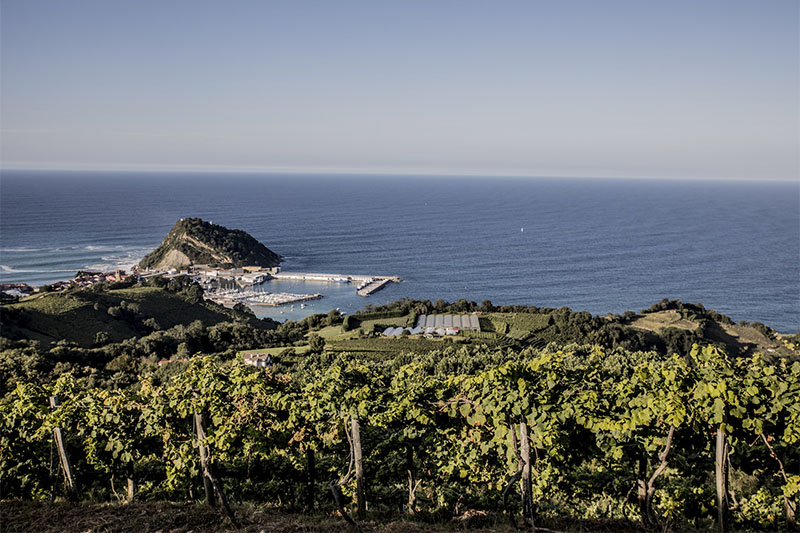
Getaria is one of those villages with so many attractive features that it is well worth more than one visit, or a visit over more than one day. This splendid, unspoiled coastal location close to San Sebastián is home to famous personalities such as fashion designer Cristóbal Balenciaga and the sailor Juan Sebastián Elkano, who completed the very first circumnavigation of the globe in the 16th century.
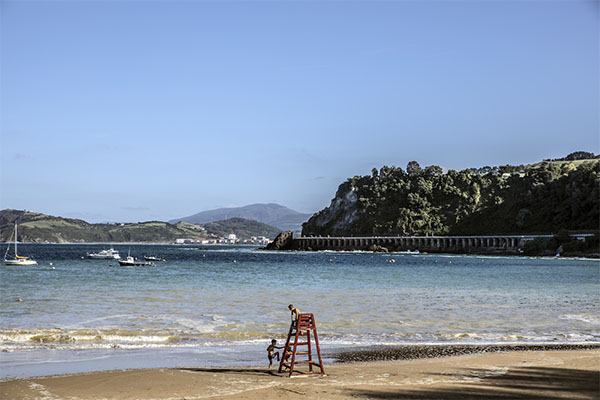
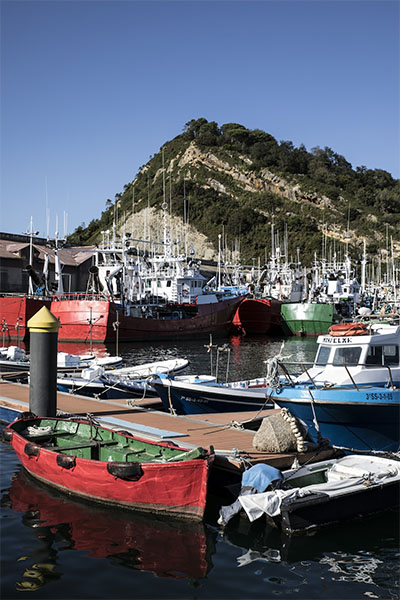
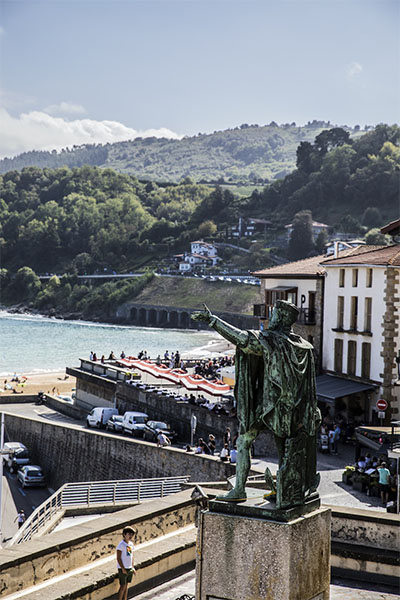
Getaria is one of theleading shallow-water fishing portson the Basque coastline. Anchovies, bonito and mackerel are the main catches unloaded by local fishing boats in their gaudy colours.
This seafaring village has therefore developed a solid gastronomic culture, which stretches well beyond fish and seafood, since Txakoli is also produced up in the hills above the village – a popular white wine that can be tasted at the leading wineries and also at the bars and restaurants we find dotted around the streets of the old quarter.
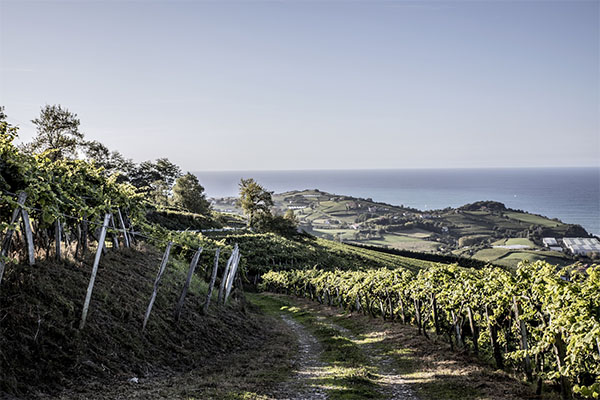
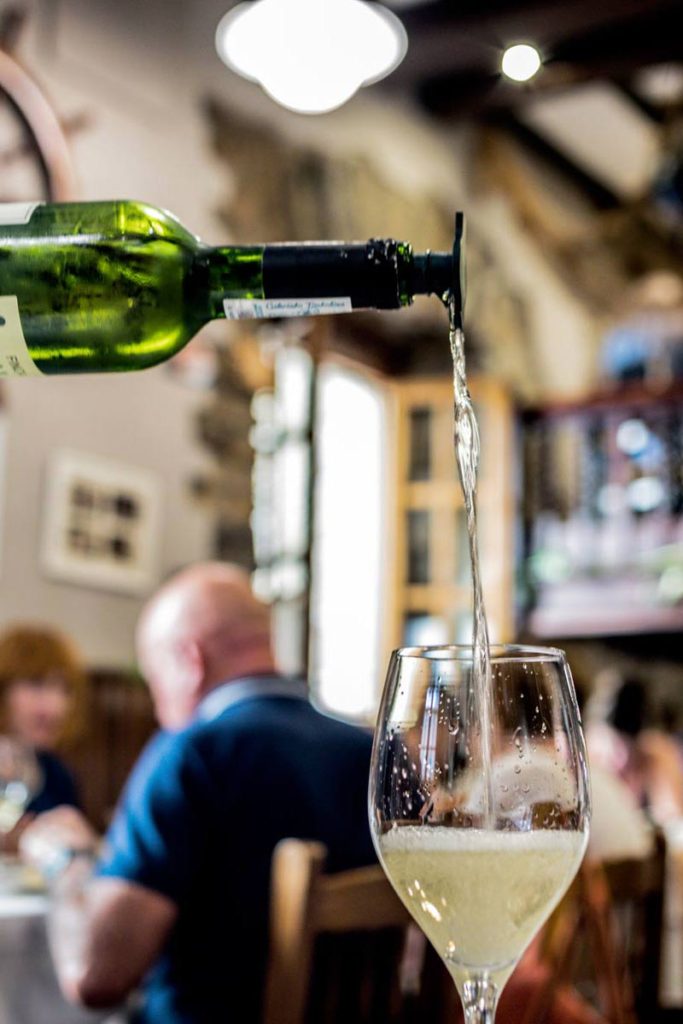
Those wishing to partake of the wonderful local gastronomy simply must join in the poteo, a few drinks before lunch or dinner. This practice fills the cobblestone streets of the old quarter, and most especially during the summer months. This is the aperitif ritual in the Basque Country, and it means going from bar to bar to have a drink, often along with pintxos, deliciously stacked up on the bar counters for the customers.
Do you know what a “gilda” is? Check out the Basque Country’s most popular pintxo.
Particular mention should be made of the open-air grillsthat may be spotted at the entrance to certain restaurants in Getaria. These are genuine icons of local gastronomy, and when they are being used the attention of passers-by is caught by the exquisite aroma they give off.
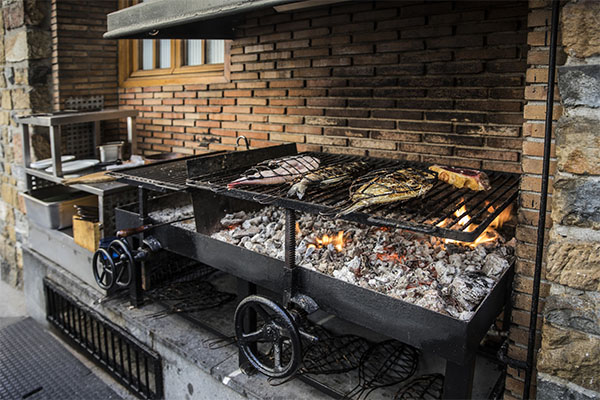
Sailors in days gone by, including Juan Sebastián Elkano himself, would take the grills aboard the ship to cook the fish they caught during the voyage. They were so important to them that the famous mariner left three grills to Getaria before he died.
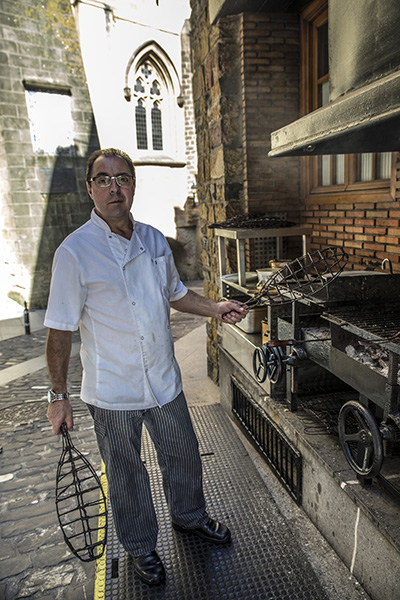
Over the years, these barbecues were taken on to dry land. In the 1940s they were installed at the bars used by the fishermen, to enable them to roast their own catches.
Nowadays the fish are roasted by the restaurants’ grillmen, genuine experts in grills and the special marinade they use. One of the vinaigrettes they use here is known locally as que le parió (“a mother’s son”) or (rather more piously) Lourdes holy water, in homage to the miraculous benefits its magic touch.
Nothing like a trek up to the top of the Getaria “mouse” (altitude 100 metres) to walk off a delicious meal. This is a small, rodent-shaped island (hence the name), which in the 16th century was actually connected to land by a breakwater, making it one of the Cantabrian Sea’s most secure refuges.
The mouse is just one more Getaria icon, well worth the half-hour walk, with its spectacular panorama of the Basque Country’s entire coastline. It has a path open to all, with benches and observation points to rest and enjoy the cliff view.
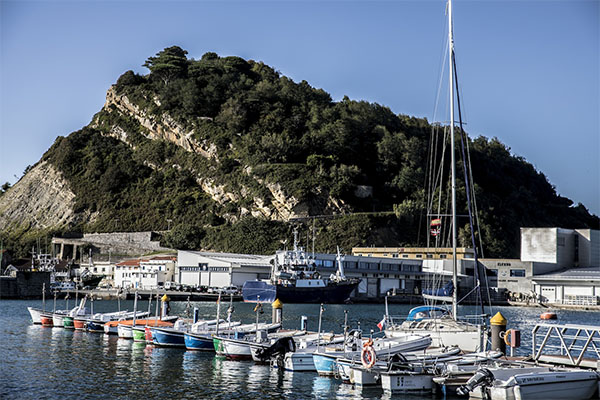
The promontory’s official name is Mount San Antón, and it is now a small nature park with a wide range of trees and local and exotic plants, along with an old watchtower, now refurbished, known as Katxapo. The lighthouse, slightly below, is another construction formerly used to sight whales, or ships approaching the port, and also to gather information on storms in the offing.
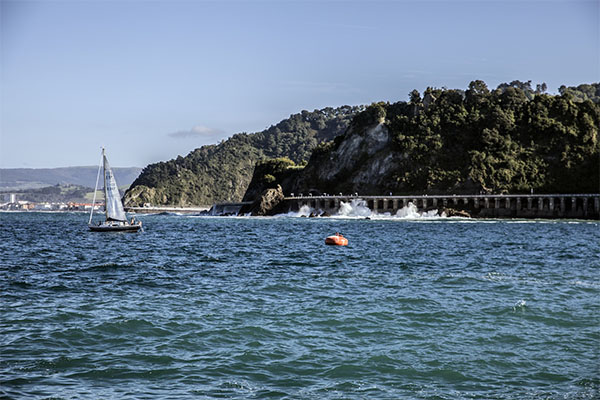
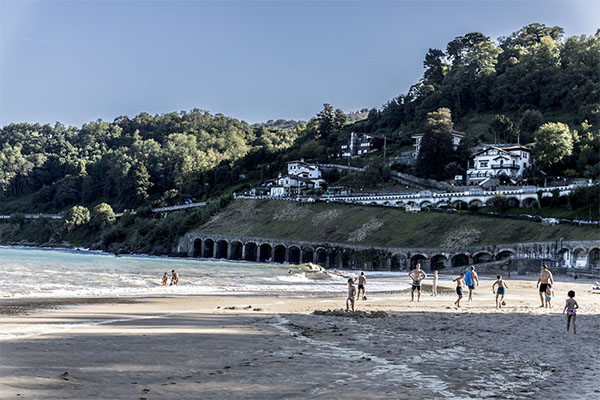
Other ideal proposals to round off an excellent walk around Getaria are two beaches, for example: Malkorbe (the more peaceful) and Gaztetape (for surfers); the sea promenade between Getaria and its neighbour Zarautz; the Gothic San Salvador church, a National Monument, with its upward slope, on several levels to circumvent rising terrain, and its two little boats hanging from the ceiling; and, of course, the Balenciaga Museum. You can see that Getaria is a village well worth a holiday all on its own.
***

